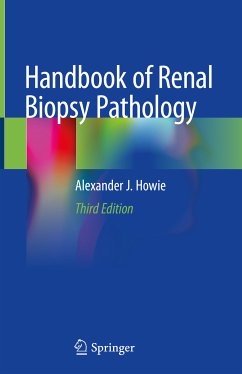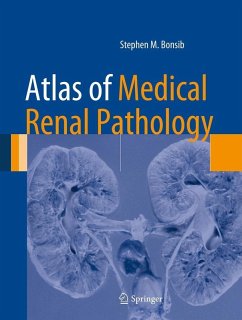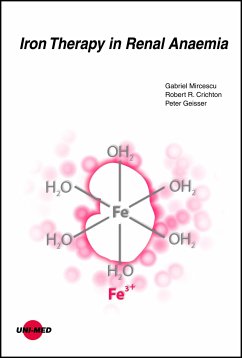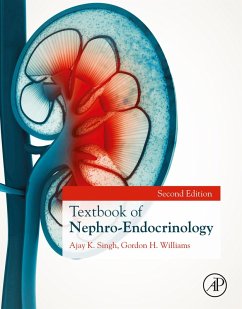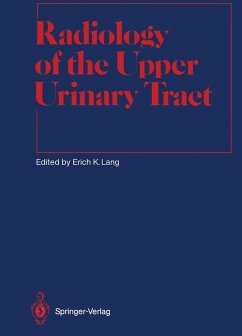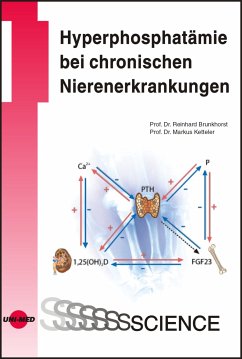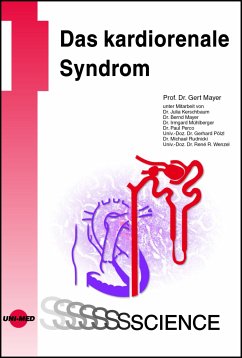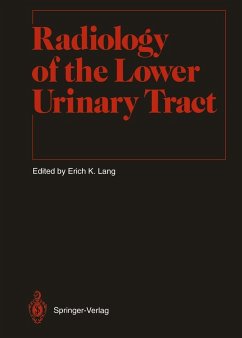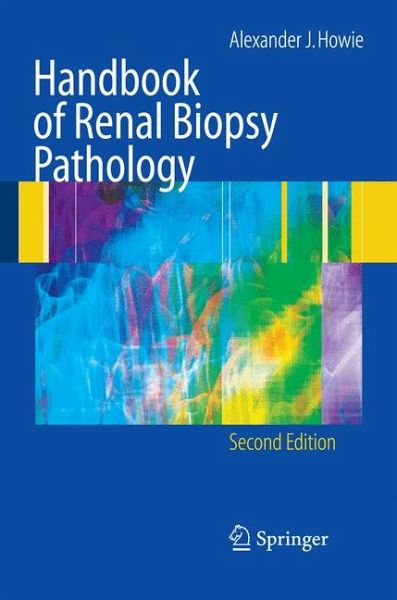
Handbook of Renal Biopsy Pathology (eBook, PDF)
Versandkostenfrei!
Sofort per Download lieferbar
88,95 €
inkl. MwSt.
Weitere Ausgaben:

PAYBACK Punkte
44 °P sammeln!
This handbook provides a short, clear, useful and interesting guide to the findings in renal biopsy specimens. Essential information needed for an understanding of renal disorders is given simply and concisely. The focus is on common conditions and on the rule that diseases give characteristic clinical features. The book is intended to be of practical help primarily to pathologists and trainee pathologists who look at renal biopsy specimens, but also to others who have contact with anyone with renal disorders. This updated edition includes more than 240 color illustrations. Other features incl...
This handbook provides a short, clear, useful and interesting guide to the findings in renal biopsy specimens. Essential information needed for an understanding of renal disorders is given simply and concisely. The focus is on common conditions and on the rule that diseases give characteristic clinical features. The book is intended to be of practical help primarily to pathologists and trainee pathologists who look at renal biopsy specimens, but also to others who have contact with anyone with renal disorders. This updated edition includes more than 240 color illustrations. Other features include practical tips on the differentiation between possible diagnoses and information about eponyms.
Dieser Download kann aus rechtlichen Gründen nur mit Rechnungsadresse in A, B, BG, CY, CZ, D, DK, EW, E, FIN, F, GR, HR, H, IRL, I, LT, L, LR, M, NL, PL, P, R, S, SLO, SK ausgeliefert werden.




